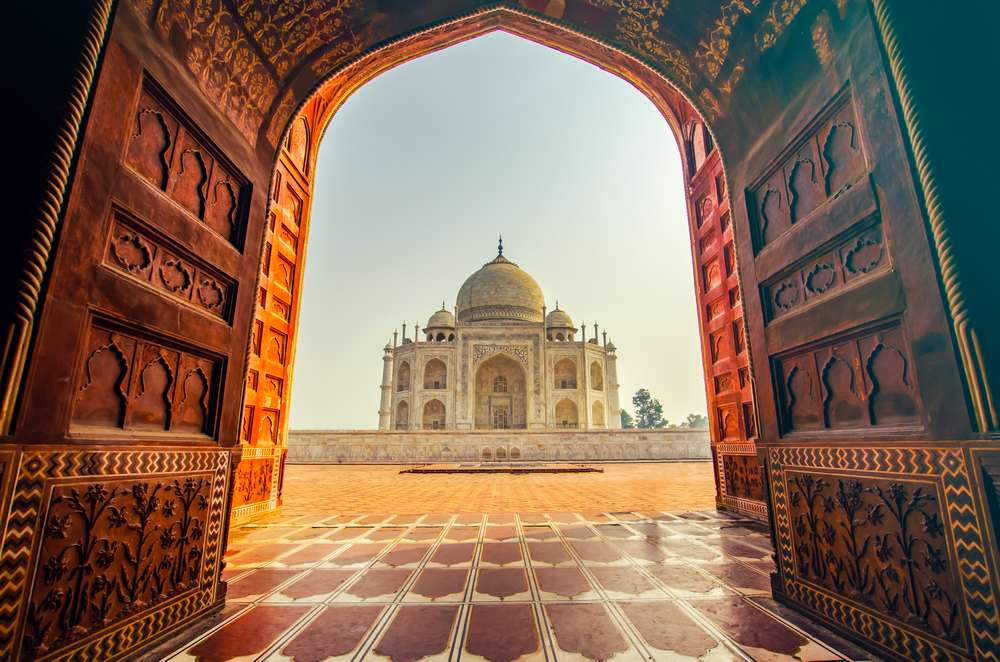Beauty is never rugged to find in a country as large and diverse as India. The nation offers a patchwork of scenery from desert sands to rich valleys, from Himalayan summits to coastline stretches. But although the globe usually rushes to the Taj Mahal, the backwaters of Kerala, or the palaces of Rajasthan, there is another side of India—quiet, pristine, and mostly forgotten. It’s a side where human presence is respectful, not overpowering, where silence is shattered only by birdsong or rustling leaves, and nature still talks in her purest voice.
This pristine natural beauty patiently waits for the traveler, ready to explore beyond the guidebooks and postcards. It can be found in the folds of abandoned woods, along secret beaches, deep in mountain valleys, and on ancient plateaus. Finding this India is a return to simplicity, peace, and wonder as much as a trip through space.
Valleys That Whisper Their Secrets
Hidden in the northeast corner of India, Ziro in Arunachal Pradesh is a stunning valley. Far from the bustle of modern life, Ziro is all rolling green hills, stacked rice fields, and Indigenous communities where time appears to pass more quietly. Morning mist frequently hangs low, enveloping the valley in a holy quiet. Here, the Apatani tribe lives in close peace with nature, using sustainable farming methods handed down through centuries. Ziro’s beauty is not only in what you see but also in how you feel—calm, grounded, and humbled by the rawness of the country.
Another treasure often ignored is the Spiti Valley in Himachal Pradesh. Spiti presents a high-altitude desert terrain that is remote, austere, and surreal. Against deep blue skies, snow-dusted peaks rise; monasteries cling to cliffs; the roads seem dream-carved. The beauty here is rough, strong, and soul-stirring rather than rich or beautiful.
INDIAN VISA FOR TIMORESE CITIZENS
Forests That Breathe Life
With its thick woods and ancient landscapes, central India has some of India’s most unspoiled nature. While sites like Kanha and Pench are famous for animals, deeper investigation uncovers even more isolation. The Kanger Valley National Park in Chhattisgarh is a wonder few have heard of. Here, caves tell stories of prehistoric periods, waterfalls cascade over mossy stones, and the woods are dense with sal and teak. A basic beauty here reminds you of how tiny and yet how linked we are to this world.
Pockets of unspoiled rainforests still flourish in the Western Ghats. Agumbe, in Karnataka, is one such jewel. Often referred to as the “Cherrapunji of the South,” it is one of the driest areas in India and home to an incredible variety of plants and animals. When the monsoons come, the forest changes into a symphony of green—wild, wet, and amazing.
Coasts and Islands That Stay Hidden
Though Goa and Kerala rule beach tourism, India’s shoreline conceals untouched beaches. In Maharashtra, the hamlet of Velas is a nesting ground for endangered Olive Ridley turtles and a peaceful beach. Every year, these turtles return to lay their eggs; if you’re lucky, you can see the delicate wonder of hatchlings crawling to the sea under a star-studded sky.
The Andaman and Nicobar Islands are more off the radar. Although some have grown more tourist-friendly, many stay unspoiled. Still wild are places like Little Andaman or the far-flung Nicobar Islands, with coral reefs, thick jungles, and a quiet that is unusual in modern society. These are locations where you listen more than talk, where you walk, not rush.
INDIAN VISA FOR TONGAN CITIZENS
Plains and Plateaus of Solitude
India’s natural beauty also flourishes in its less striking, sometimes ignored landscapes. Stretching over multiple states, the Deccan plateau conceals geological treasures, such as the Lonar Crater in Maharashtra, caused by a meteor impact thousands of years ago. Surrounded by a forest and strewn with old temples, it is a site where science and spirituality silently coexist.
Summer sees wildflowers bloom in the sloping meadows of Dzükou Valley between Nagaland and Manipur in the east. It’s one of those locations that makes you want to sit down, breathe, and wonder how the Earth can still astonish us.
Finding Stillness in the Wild
Walking a new route will help one to find India’s unspoiled natural beauty. It’s about getting more and wanting less. These are not locations made for souvenir stores or selfies. They lack planned activities or opulent hotels. Instead, they provide calm. They are real. They also serve as a soft reminder that nature needs no decoration when left to itself; it’s already exquisite.
In a society that moves too quickly and speaks too loudly, these unspoiled areas of India are like quiet poems waiting to be read gently. Visiting them is traveling and returning to the Earth, to equilibrium, and to ourselves.



